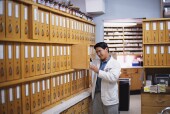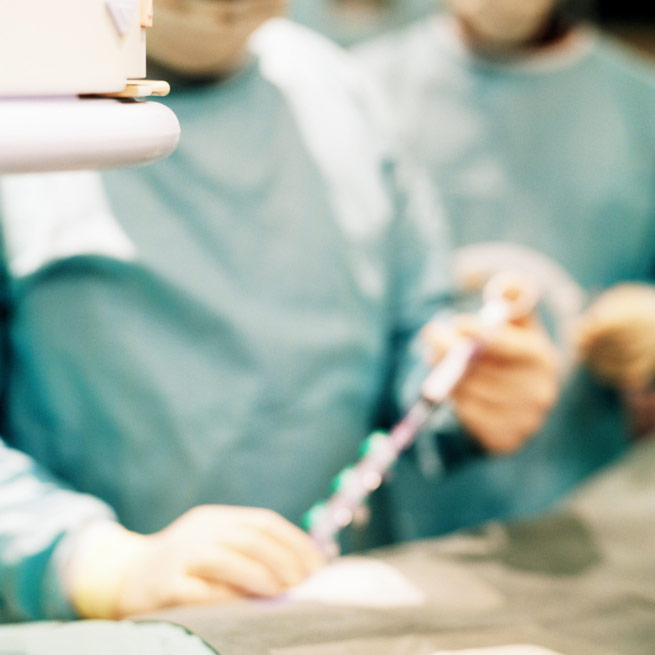
TUESDAY, June 14 (HealthDay News) — Your chances of suffering harm because of a medical error are about the same in a doctor’s office as in a hospital, according to a new study.
Using the U.S. National Practitioner Data Bank, researchers at Weill Cornell Medical College compared malpractice claims paid on behalf of physicians who work in hospitals or doctors’ offices.
Of the nearly 11,000 malpractice payments made on behalf of physicians in 2009, about half were for adverse events from medical errors that occurred in a doctor’s office and half were from errors that occurred in a hospital.
Adverse outcomes in doctors’ offices were most often the result of incorrect diagnoses, whereas unsuccessful surgery was the most common cause of negative outcomes in hospitals, according to the study, published in the June 15 issue of the Journal of the American Medical Association.
The researchers said the finding shows the need to improve care in doctors’ offices.
“Physician practices have not been the focus of patient safety research, much less of policy efforts to reduce medical error,” the study’s lead author, Dr. Tara Bishop, an assistant professor of public health and medicine at Weill Cornell Medical College and a physician at New York Presbyterian Hospital/Weill Cornell Medical Center, said in a college news release.
“Our findings may reflect a lack of coordination within and between doctors’ offices,” Bishop said. “For example, a primary care physician may refer a patient to a specialist, but the actual appointment may never happen. A cardiologist may order a scan, unaware that it was already performed during a patient’s hospital stay.”
“The problems associated with outpatient safety may not be easy to fix, but the adoption of electronic health records is already improving communication between doctors,” she noted. “Patient safety is likely to improve markedly as more and more doctors’ offices change the way their records are kept, updated and accessed.”
More information
The American Academy of Family Physicians outlines ways that patients can help prevent medical errors.

